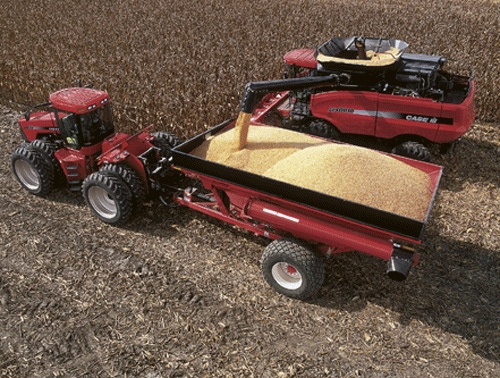December 5, 2011

Evaluating the energy savings of new equipment for the farm can prove challenging.
A new publication from Iowa State University Extension and Outreach gives examples for comparing the payback periods of energy-related purchases. “Estimating payback for energy efficiency,” (PM 2089S), is available to download from the Extension Online Store, https://store.extension.iastate.edu.
“Some energy-saving investments cost more initially,” said Mark Hanna, ISU Extension agricultural engineer. “Saving money today by purchasing equipment with a lower initial cost — and higher energy demands — puts the buyer at risk when energy prices rise in the future.”
This publication addresses the concepts of initial cost, useful life and energy savings for different types of farm expenses. Examples include a lighting project, replacing an electric motor and upgrading a farm truck.
Using simple payback calculations, these examples estimate the time it would take for energy savings to equal initial cost.
“During harvest, volatility in the markets may have overshadowed the fact that this year’s fuel prices are the highest we’ve seen since 2008,” said Dana Petersen, ISU Extension program coordinator with ISU Farm Energy.
“It is critical to consider energy costs in your plans before you start a project or make a significant purchase for your operation.”
For more tips on energy efficiency around the farmstead, visit http://farmenergy.exnet.iastate.edu or follow @ISU_Farm_Energy on Twitter.
The Farm Energy publications are part of a series of farm energy conservation and efficiency educational materials being developed through the ISU Farm Energy Initiative.
The purpose is to increase farmers’ awareness of opportunities for improving efficient use of farm energy. The initiative also will help farmers and utility providers to explore alternatives to reduce farm energy demand and to improve overall profitability in a rapidly changing energy environment.
You May Also Like




